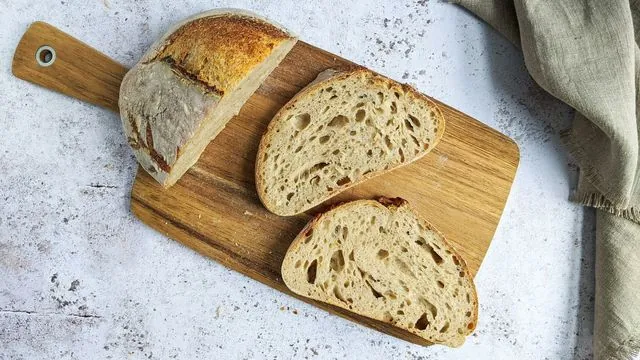
Unlocking the Secret of Sourdough: How Acetic Acid Bacteria Transform Bread Flavor
2024-10-02
Introduction
Researchers have uncovered exciting insights into the role of acetic acid bacteria (AAB) in sourdough starters, suggesting that these microorganisms could be key to achieving that perfect sour flavor in bread. A recent study led by a dedicated team explored the effects of various strains of AAB on sourdough microbiomes, heralding a new era for bakers seeking to amplify the distinct sourness and health benefits of their creations.
Research Overview
In their experiments, the researchers tested ten distinct strains of AAB, both closely and distantly related. These strains were combined with a community of yeast and lactic acid bacteria (LAB) to create synthetic sourdough environments. As a control, they maintained a separate community consisting of only yeast and LAB. The results revealed that the addition of AAB consistently lowered the pH of the synthetic sourdough, which contributed to an increased sour taste thanks to the production of acetic acid during fermentation.
Strain Diversity and Flavor
Strikingly, the study found that not all AAB strains released similar flavor compounds, even among those that were closely related. This unexpected diversity suggests that strain selection can significantly influence flavor profiles, allowing bakers real creativity in their sourdough products.
Implications for Bakers
"We believe our findings can inspire bakers to explore new starter types or even cultivate their own AAB strains," said lead researcher Rappaport. "By diversifying the microbial composition of sourdough, we aim to unlock unique flavors that stand apart from conventional bread."
Health Benefits of Sourdough
Beyond flavor, the research has important implications for health benefits. The acetic acid generated during fermentation aids gluten breakdown and increases the digestibility of sourdough, making it a more gut-friendly option. This enhanced digestibility can benefit individuals with gluten sensitivity, offering a delicious alternative that is easier on the stomach.
Future Research Directions
But the implications of this work reach far beyond the kitchen. The team emphasizes that the simplicity in studying sourdough microbiomes allows them to draw parallels to more complex ecosystems, such as the human gut and soil environments. Their findings could offer insights into how strain diversity affects resilience against infections and the efficiency of nutrient breakdown.
Conclusion
This study opens the door to a deeper understanding of how microbial diversity impacts everything from human health to environmental sustainability. As researchers continue to explore these dynamic relationships, bakers and consumers alike can look forward to more flavorful and nutritious sourdough bread in the years to come.
In conclusion, the era of bland bread is ending. With the knowledge gleaned from studying acetic acid bacteria, bakers have the opportunity to craft sourdough loaves that not only tantalize the taste buds but also contribute to a healthier lifestyle. Are you ready to elevate your bread game? Let's get baking!





 Brasil (PT)
Brasil (PT)
 Canada (EN)
Canada (EN)
 Chile (ES)
Chile (ES)
 España (ES)
España (ES)
 France (FR)
France (FR)
 Hong Kong (EN)
Hong Kong (EN)
 Italia (IT)
Italia (IT)
 日本 (JA)
日本 (JA)
 Magyarország (HU)
Magyarország (HU)
 Norge (NO)
Norge (NO)
 Polska (PL)
Polska (PL)
 Schweiz (DE)
Schweiz (DE)
 Singapore (EN)
Singapore (EN)
 Sverige (SV)
Sverige (SV)
 Suomi (FI)
Suomi (FI)
 Türkiye (TR)
Türkiye (TR)